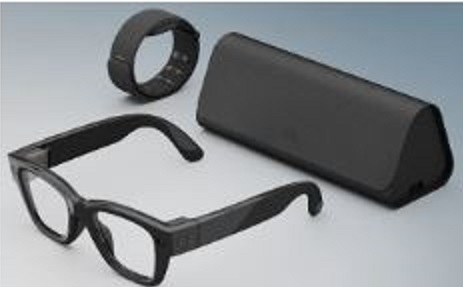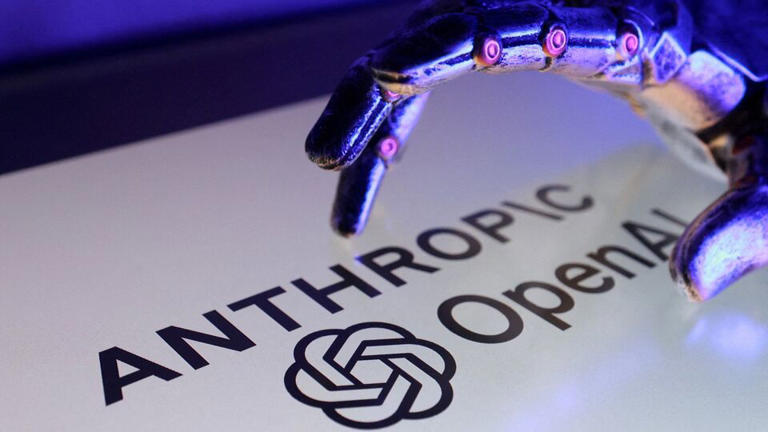Stories you may like
Meta’s new AI glasses respond to wrist and finger movements
Mark Zuckerberg has revealed Meta’s newest pair of AI-powered glasses, the Meta Ray-Ban Display, expanding the company’s smart eyewear line and continuing its push to integrate AI into everyday accessories.
The glasses feature a 600-by-600 pixel colour display built into the right lens, allowing users to glance at messages, photo previews, translations and Meta AI tools without blocking their view.
Positioned off to the side, the display activates only for brief interactions and is supported by a six-microphone array, open-ear speakers with Bluetooth, and a 12-megapixel camera with 3x zoom and an in-lens viewfinder. Designed to resemble ordinary glasses, they offer up to six hours of mixed-use battery life and up to 30 hours with the portable charging case.
Each pair comes with the Meta Neural Band, a wrist-worn device that reads muscle signals and converts them into commands for the glasses. It replaces conventional buttons, dials and touchscreens, allowing users to scroll, click and potentially compose messages through subtle hand movements.
The band is designed for extended use, offering 18 hours of battery life, an IPX7 water-resistance rating and three sizes for a comfortable fit. Made from Vectran, the material used in Mars Rover crash pads, it is both strong and flexible. Developed through years of research involving nearly 200,000 participants, the band works across a wide range of users and can provide control for people with limited movement, tremors or fewer than five fingers, according to Meta.
The glasses support a range of hands-free features. Meta AI can show answers and step-by-step instructions, navigated with a thumb swipe on the Neural Band. Users can view texts and multimedia from WhatsApp, Messenger, Instagram and their phone, take live video calls and share what they see. A real-time camera viewfinder with zoom helps capture the right shot, while pedestrian navigation provides turn-by-turn directions. Live captions and translation display speech as text or translate select languages in real time. Music playback can be controlled through the glasses, with gestures to skip tracks or adjust volume.
The Meta Ray-Ban Display and Neural Band start at $799 (~Rs 70,000) and are available in Black and Sand. The glasses feature transition lenses for indoor and outdoor use, and the band comes in three sizes. They will not be available in India immediately.
With this launch, Meta’s AI glasses now fall into three categories. Camera AI glasses combine familiar eyewear brands with AI features. Display AI glasses, like the Meta Ray-Ban Display, provide a contextual in-lens display. Augmented reality glasses, such as the Orion prototype, offer holographic displays and digital overlays, with a consumer version in development.
Meta has focused on AI through its research division, Meta AI, developing machine learning, computer vision, natural language processing and robotics. The company has also integrated AI into hardware, including the Meta Quest headsets and AI-enabled smart glasses. Meta’s Superintelligence team works alongside this research to explore long-term AI safety and scalable reasoning systems, aiming to advance flexible, capable AI while bridging digital and physical experiences.






User's Comments
No comments there.